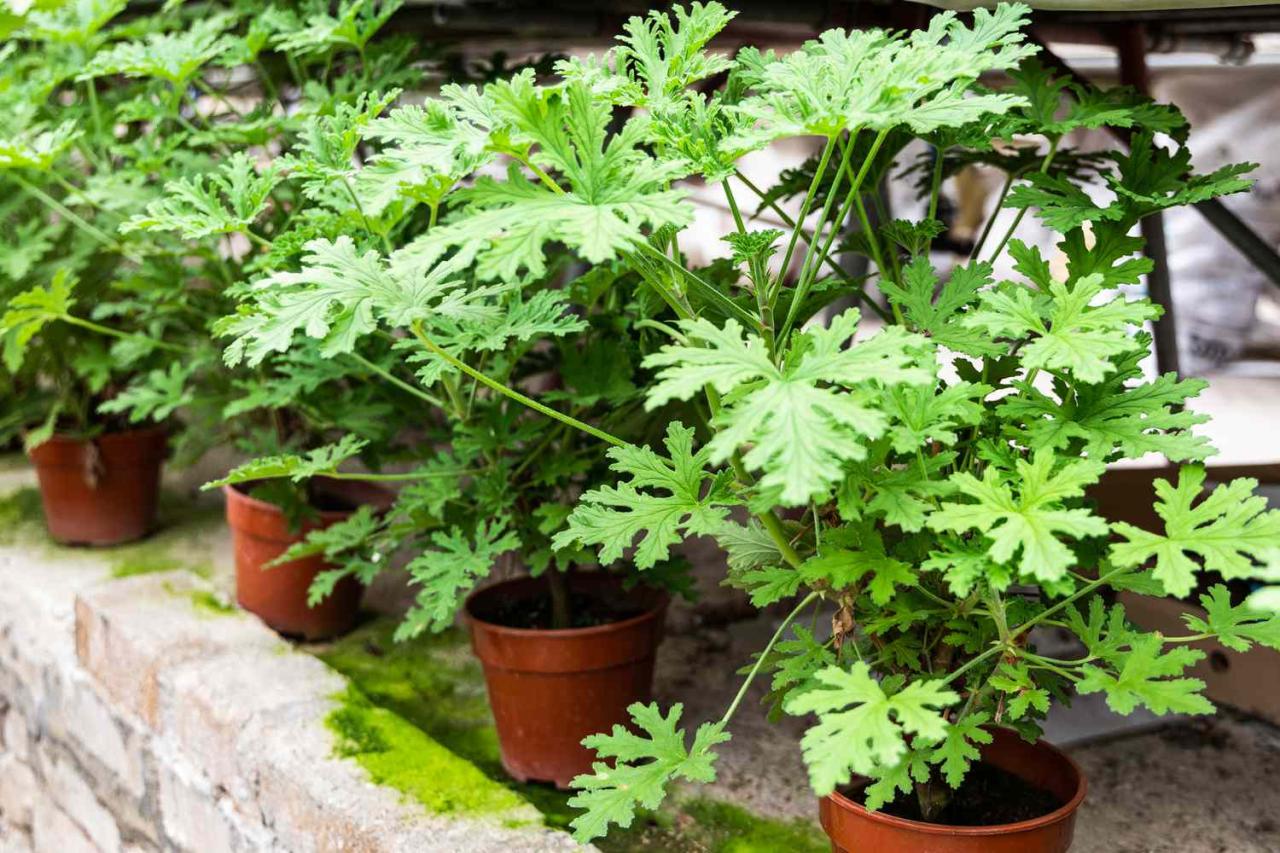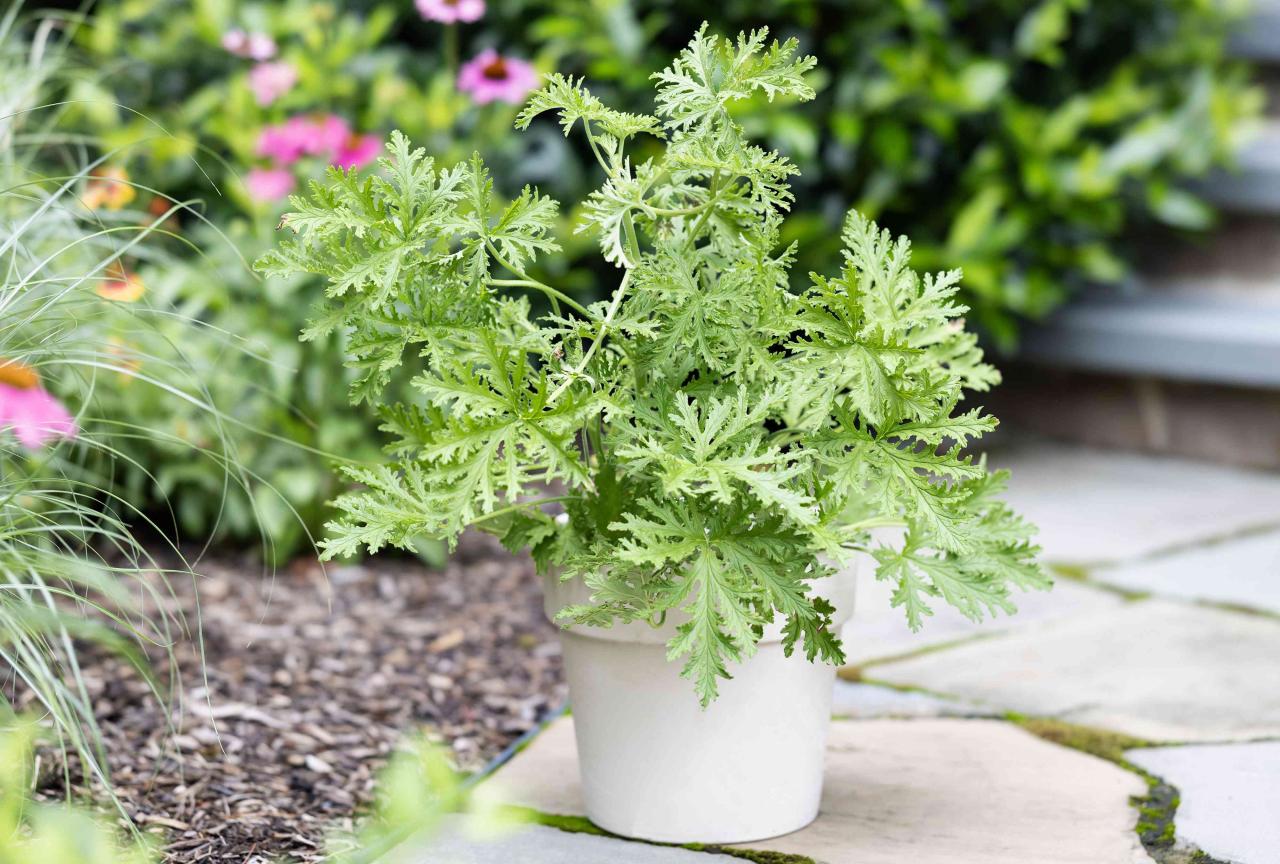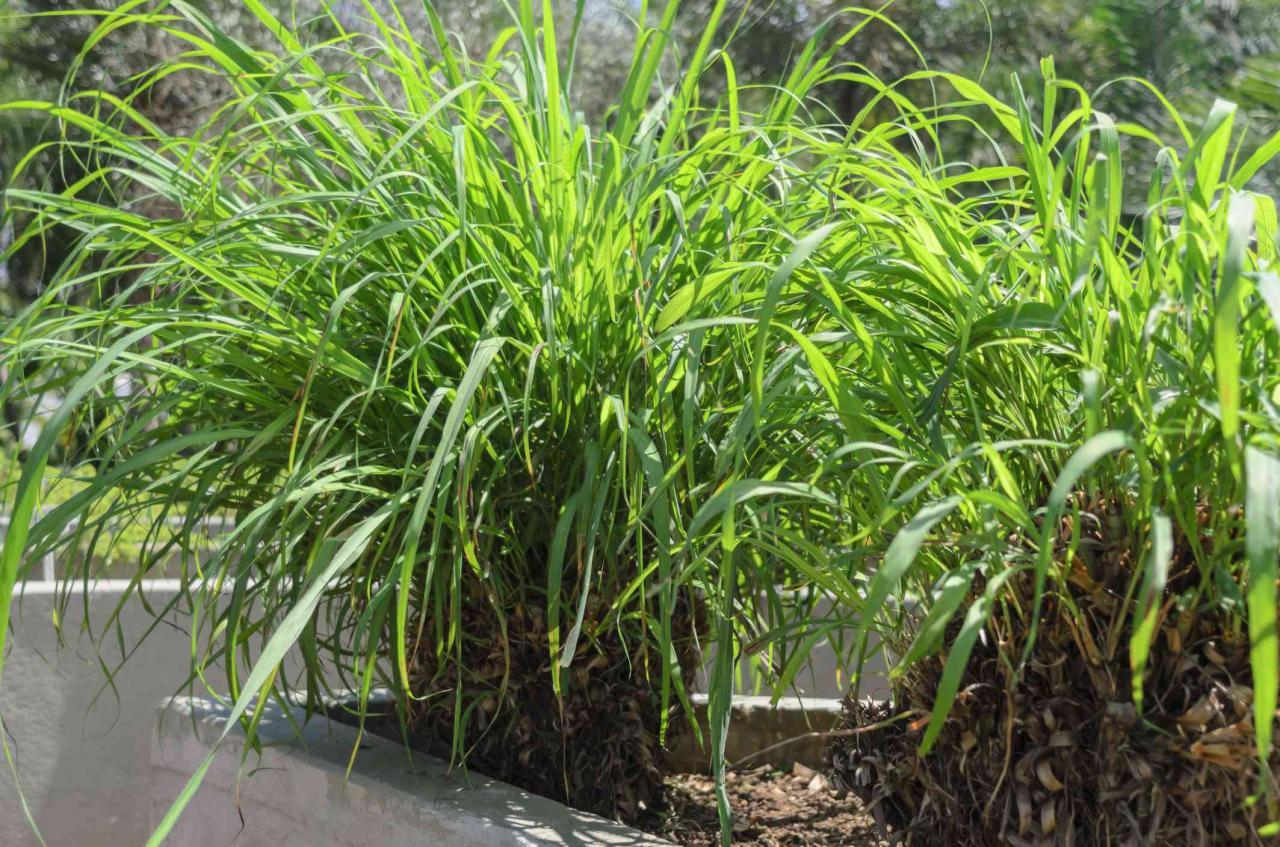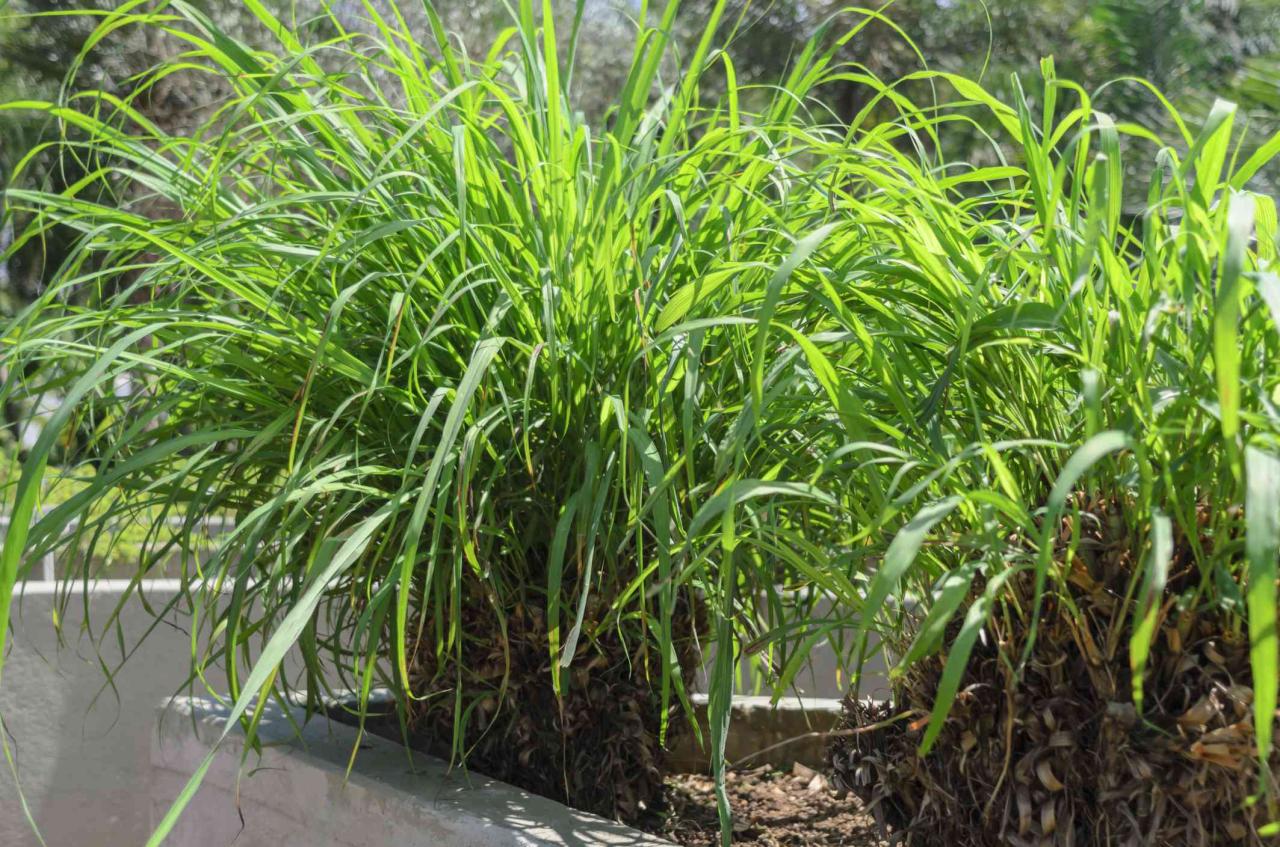The Ultimate Citronella Plant Care Guide: How to Keep Your Herb Healthy and Pest-Free, this guide is your roadmap to cultivating a thriving citronella plant, a natural insect repellent and aromatic delight. From choosing the right variety to mastering the art of care, we’ll explore the secrets to unlocking the full potential of this versatile herb.
Citronella, with its distinctive lemony scent and powerful pest-repelling properties, has long been cherished for its practical and aromatic benefits. Native to Southeast Asia, this herb has found its way into gardens and homes worldwide, offering a natural solution to pesky insects and a refreshing fragrance that invigorates the senses.
The Power of Citronella
Citronella plants, renowned for their distinctive lemony scent, are much more than just fragrant additions to gardens. These hardy herbs possess a remarkable ability to deter pesky insects, making them a natural and effective solution for keeping unwanted bugs at bay.
Their aromatic qualities also have a calming effect, creating a serene ambiance in any outdoor space.
The History and Origin of Citronella
Citronella plants, scientifically known as
- Cymbopogon nardus* and
- Cymbopogon winterianus*, have a rich history that dates back centuries. Native to Southeast Asia, particularly in countries like Sri Lanka and Indonesia, these plants have long been cherished for their versatile uses. The journey of citronella from its Asian origins to global popularity is a testament to its enduring appeal.
The name “citronella” is derived from the Latin words “citrus” and “ella,” reflecting the plant’s distinct lemon-like fragrance.
Citronella’s journey began in Southeast Asia, where it was traditionally used in various applications, from culinary purposes to medicinal remedies. Its potent aroma, attributed to the presence of citronellal and geraniol, has been used for centuries to repel mosquitoes and other insects.
The plant’s popularity spread to other parts of the world, including Europe and North America, as people sought natural alternatives to synthetic insect repellents.
Selecting the Right Citronella Plant
Choosing the right citronella plant for your needs is crucial to maximizing its effectiveness and ensuring its long-term health. Different varieties possess unique characteristics, making some more suitable for specific climates and purposes than others.
Understanding Citronella Varieties
Several citronella plant varieties are commonly available, each with distinct features. These variations are important to consider as they influence the plant’s growth habits, scent intensity, and pest resistance.
- Cymbopogon nardus (Ceylon Citronella):This variety is highly valued for its strong citronella scent, making it an effective mosquito repellent. It prefers warm, humid climates and can grow up to 6 feet tall.
- Cymbopogon winterianus (Java Citronella):This variety produces a milder citronella scent compared to Ceylon citronella. It is more tolerant of cooler climates and can thrive in USDA hardiness zones 9-11.
- Cymbopogon citratus (Lemongrass):While not technically a true citronella plant, lemongrass shares a similar scent profile and is often used as a mosquito repellent. It is known for its culinary uses and can grow up to 4 feet tall.
Comparing Citronella Species
The following table provides a concise comparison of common citronella species, highlighting their key differences:
Species |
Growth Habit |
Scent Intensity |
Pest and Disease Resistance |
|---|---|---|---|
Cymbopogon nardus (Ceylon Citronella) |
Tall, upright, clumping |
Strong |
Moderate |
Cymbopogon winterianus (Java Citronella) |
Tall, upright, clumping |
Mild |
Moderate |
Cymbopogon citratus (Lemongrass) |
Tall, upright, clumping |
Mild |
Moderate |
Choosing a Source for Citronella Plants
When selecting citronella plants, it is essential to choose a reputable source to ensure healthy, disease-free plants. Several options are available, each with its own advantages and disadvantages:
- Nurseries:Nurseries offer a wide variety of citronella plants, allowing you to select the best fit for your needs. You can inspect the plants for signs of disease or pests before purchasing. However, availability can be limited, and prices may vary.
- Seed Companies:Seed companies offer a convenient way to purchase citronella seeds. This option allows you to grow plants from scratch, potentially saving money. However, germination rates can vary, and seeds may take longer to establish than mature plants.
- Online Retailers:Online retailers offer a vast selection of citronella plants and seeds, often with competitive prices. However, it is crucial to research the retailer’s reputation and ensure their products are of high quality.
Planting Your Citronella Plant
Planting your citronella plant in the right location and using the correct techniques will ensure its healthy growth and pest-repelling abilities. This section provides a detailed guide on planting your citronella plant, from choosing the ideal location to propagating new plants.
Planting Time and Location
The optimal time to plant citronella is during the spring or summer when the soil has warmed up and the threat of frost has passed. Citronella plants thrive in full sun to partial shade, receiving at least six hours of direct sunlight daily.
They prefer well-drained soil with a slightly acidic to neutral pH (6.0-7.0). Avoid planting in areas prone to waterlogging, as this can lead to root rot.
Planting Process
- Prepare the soil:Dig a hole twice as wide and as deep as the root ball of your citronella plant. Amend the soil with compost or other organic matter to improve drainage and fertility.
- Plant the citronella:Gently remove the plant from its container, loosening any tightly packed roots. Place the plant in the hole, ensuring the top of the root ball is level with the ground. Backfill the hole with soil, firming it gently around the roots.
- Water thoroughly:Water the newly planted citronella deeply to settle the soil and help the roots establish themselves.
- Mulch around the base:Apply a layer of organic mulch, such as wood chips or shredded bark, around the base of the plant to retain moisture and suppress weeds.
Spacing
Space your citronella plants 1-2 feet apart to allow for adequate air circulation and prevent overcrowding.
Propagation
Citronella plants can be easily propagated through cuttings or seeds.
Propagation through Cuttings
- Take cuttings:In the spring or early summer, cut 4-6 inch long stem sections from a healthy citronella plant. Make the cut just below a leaf node.
- Prepare the cuttings:Remove the lower leaves from the cutting and dip the cut end in rooting hormone powder.
- Plant the cuttings:Fill a pot with a well-draining potting mix and insert the cuttings into the soil, leaving a few inches above the soil line.
- Maintain moisture:Keep the potting mix consistently moist but not soggy. Cover the pot with a plastic dome or bag to create a humid environment.
- Root development:In a few weeks, roots should start to develop. Once the cuttings have established roots, they can be transplanted into larger pots or directly into the garden.
Propagation through Seeds
- Start seeds indoors:Sow citronella seeds indoors 6-8 weeks before the last frost date. Use a seed starting mix and place the seeds about ¼ inch deep in the soil.
- Maintain warmth and moisture:Keep the soil moist and the temperature around 70-75°F (21-24°C) for optimal germination.
- Thin seedlings:Once the seedlings have a few sets of true leaves, thin them out, leaving the strongest seedlings about 2-3 inches apart.
- Hardening off:Before transplanting outdoors, gradually acclimate the seedlings to outdoor conditions by exposing them to increasing amounts of sunlight and wind for a week or two.
- Transplant outdoors:Once the weather has warmed up and the threat of frost has passed, transplant the seedlings into the garden, spacing them 1-2 feet apart.
Caring for Your Citronella Plant: The Ultimate Citronella Plant Care Guide: How To Keep Your Herb Healthy And Pest-Free

Citronella plants are relatively low-maintenance, but they thrive with consistent care. Proper watering, fertilization, and pruning are essential for keeping your plant healthy and maximizing its pest-repelling abilities.
Watering Your Citronella Plant
Regular watering is crucial for maintaining consistent moisture levels in the soil, which is vital for healthy growth. However, overwatering can lead to root rot, so it’s essential to strike a balance.
- Frequency:Water your citronella plant deeply but infrequently, allowing the top inch of soil to dry out between waterings. During hot weather, you may need to water more frequently.
- Watering Technique:Water thoroughly until the water drains from the drainage holes at the bottom of the pot. Avoid letting the plant sit in standing water.
- Signs of Overwatering:Wilting leaves, yellowing foliage, and a musty odor from the soil are all signs of overwatering. If you notice these symptoms, reduce the frequency of watering and allow the soil to dry out more completely between waterings.
Fertilizing Your Citronella Plant
Fertilizing your citronella plant provides essential nutrients that promote healthy growth and a strong, vibrant plant.
- Fertilizer Type:Use a balanced liquid fertilizer formulated for outdoor plants. A fertilizer with a ratio of 10-10-10 or 20-20-20 is a good choice.
- Application Schedule:Fertilize your citronella plant every 2-4 weeks during the growing season (spring and summer). Reduce fertilization in the fall and winter months.
- Application Method:Dilute the fertilizer according to the manufacturer’s instructions and apply it directly to the soil around the base of the plant, avoiding the leaves.
Pruning Your Citronella Plant
Regular pruning helps maintain the shape of your citronella plant, promotes bushier growth, and encourages new foliage production.
- Pruning Technique:Pinch off the tips of the stems to encourage branching and a fuller, more compact plant. You can also prune back any dead or damaged stems.
- Pruning Benefits:Pruning stimulates the growth of new stems and leaves, which increases the production of citronella oil, making your plant more effective at repelling pests.
- Timing:Prune your citronella plant regularly throughout the growing season, especially in the spring and summer.
Troubleshooting Common Problems

While citronella plants are generally hardy, they can be susceptible to certain pests and diseases, and improper care can lead to various issues. Recognizing and addressing these problems promptly can ensure the health and vitality of your citronella plant.
Common Pests and Diseases, The Ultimate Citronella Plant Care Guide: How to Keep Your Herb Healthy and Pest-Free
Pests and diseases can significantly impact the health of your citronella plant. Early detection and prompt action are crucial to prevent widespread damage.
- Spider Mites:These tiny pests are difficult to spot with the naked eye but can cause significant damage. They feed on plant sap, leaving behind fine webbing and yellowing leaves.
- Aphids:These soft-bodied insects cluster on the underside of leaves and stems, sucking sap and causing leaf distortion and stunted growth.
- Whiteflies:These small, white, winged insects congregate on the underside of leaves, feeding on sap and leaving behind a sticky residue called honeydew.
- Leaf Spot Diseases:These fungal diseases appear as brown or black spots on leaves, often with a yellow halo.
- Root Rot:This fungal disease occurs when the soil is constantly wet, leading to root decay and wilting.
Controlling Pests and Diseases
A variety of methods can be employed to control pests and diseases in citronella plants.
- Organic Solutions:Using insecticidal soap or neem oil can effectively control pests like aphids and spider mites. These solutions are environmentally friendly and safe for beneficial insects.
- Neem Oil:Neem oil is a natural pesticide derived from the neem tree. It acts as a repellent and insecticide, disrupting the life cycle of pests.
- Insecticidal Soap:This soap solution disrupts the cell membranes of insects, leading to dehydration and death.
- Cultural Practices:Maintaining good sanitation, removing infected leaves, and providing adequate air circulation can help prevent the spread of diseases.
Watering Issues
Citronella plants thrive in well-drained soil that is consistently moist but not waterlogged.
- Overwatering:Excessive watering can lead to root rot, causing wilting, yellowing leaves, and a foul odor.
- Underwatering:Insufficient watering can cause the leaves to droop and turn brown, eventually leading to leaf drop.
Sunlight Exposure
Citronella plants need ample sunlight to thrive.
- Too Little Sunlight:Insufficient sunlight can result in leggy growth and pale leaves.
- Too Much Sunlight:Excessive sunlight can scorch leaves, leading to browning and wilting.
Soil Conditions
Citronella plants prefer well-drained soil that is slightly acidic to neutral.
While citronella plants are known for their pest-repelling properties, they also bring a touch of nature’s beauty to your outdoor space. As the seasons change and the air turns crisp, consider incorporating a festive touch to your home with a DIY autumn leaf garland, inspired by the beautiful colors of fall.
Create a Festive Fall Ambiance: DIY Autumn Leaf Garland for Your Home will guide you through the process. Returning to your citronella plant, remember to provide it with adequate sunlight and water to ensure its health and keep those pesky insects at bay.
- Poor Drainage:Waterlogged soil can lead to root rot and other fungal diseases.
- Nutrient Deficiencies:Deficiencies in essential nutrients, such as nitrogen, phosphorus, and potassium, can cause stunted growth and discoloration of leaves.
Harvesting and Utilizing Citronella

The best time to harvest citronella leaves is when they are at their peak, which is typically during the plant’s active growing season. This is when the leaves contain the highest concentration of essential oils, giving them their potent aroma and insect-repelling properties.
While keeping your citronella plant thriving is crucial for its pest-repelling abilities, you can also embrace the autumnal spirit by incorporating its foliage into your home decor. For a touch of rustic charm, consider creating a handmade autumn leaf garland, following the detailed instructions in this guide: How to Design a Cozy Fall Decor with a Handmade Autumn Leaf Garland.
This DIY project will not only add a warm, inviting touch to your space but also serve as a reminder of the plant’s natural beauty and the joy of the changing seasons. With a healthy citronella plant, you’ll be able to enjoy its fragrant leaves and natural pest-repelling qualities for years to come.
Signs of Readiness
To determine if your citronella leaves are ready for harvesting, look for the following signs:
- Healthy, vibrant green leaves: The leaves should be a rich, deep green color, indicating they are full of life and essential oils. Avoid harvesting leaves that are yellowing or browning, as they may be past their prime.
- Firm texture: The leaves should feel firm and slightly leathery to the touch. This indicates they are mature and have accumulated a good amount of essential oils.
- Pleasant, strong aroma: Gently rub a leaf between your fingers to release its scent. If the aroma is strong and pleasant, it’s a good sign that the leaves are ready for harvesting.
Harvesting Techniques
Harvesting citronella leaves properly is crucial to avoid damaging the plant and ensure a continuous supply of leaves. Follow these steps for optimal results:
- Use sharp, clean scissors or pruning shears: These tools will make clean cuts and minimize damage to the plant.
- Harvest only the topmost leaves: Leave at least 2-3 inches of stem on the plant. This allows the plant to continue growing and producing new leaves.
- Harvest in the morning: The essential oil content is typically highest in the morning, after the dew has evaporated.
- Avoid harvesting during extreme weather: Do not harvest leaves during hot, dry periods or when the plant is experiencing stress.
Utilizing Harvested Citronella Leaves
Once you’ve harvested your citronella leaves, you can use them in a variety of ways to enjoy their natural insect-repelling properties and refreshing aroma.
- Create Homemade Insect Repellent:
- Method 1: Citronella Spray: Combine 1 cup of fresh citronella leaves with 1 cup of water in a saucepan. Bring the mixture to a boil, then reduce heat and simmer for 30 minutes. Strain the mixture through a cheesecloth and store in a spray bottle.
- Method 2: Citronella Oil Infusion: Fill a jar with fresh citronella leaves, then cover them with olive oil or another carrier oil. Store the jar in a cool, dark place for at least 2 weeks, shaking it daily. Strain the oil and store in a tightly sealed container.
- Infuse Oils: Add fresh citronella leaves to your favorite oils, such as olive oil or almond oil, to create a refreshing and aromatic oil blend for massage or aromatherapy.
- Craft Fragrant Potpourri: Dry the harvested citronella leaves and combine them with other fragrant herbs and flowers to create a natural potpourri that will fill your home with a pleasant, insect-repelling scent.
Enjoying Your Citronella Plant
Once your citronella plant is thriving, it’s time to reap the rewards of your hard work! These versatile plants offer a multitude of ways to enhance your home and lifestyle. From their natural insect-repelling properties to their aromatic qualities and captivating aesthetic appeal, citronella plants bring a touch of nature’s magic to any setting.
Natural Insect Repellent
Citronella plants are renowned for their natural insect-repelling abilities. The oil extracted from the leaves contains citronellal, a compound that effectively deters mosquitoes, flies, and other pesky insects. To maximize their repelling power, place citronella plants near outdoor seating areas, patios, or entryways.
You can also create DIY insect repellent sprays by combining crushed citronella leaves with water and a bit of soap.
Aromatic Plants
The leaves of citronella plants release a fresh, citrusy scent that can create a calming and inviting atmosphere. You can enhance the fragrance by gently crushing the leaves or incorporating them into potpourri blends. The aroma of citronella is also known to have calming and stress-relieving effects, making it an ideal addition to your home or garden.
Decorative Elements
Citronella plants are not only functional but also visually appealing. Their lush foliage, vibrant green hues, and graceful growth habit make them an attractive addition to any landscape. They can be planted in containers, hanging baskets, or directly in the ground to create a tropical ambiance.
Creative Planting Arrangements
Citronella plants can be incorporated into various creative planting arrangements. For example, you can combine them with other fragrant herbs like lavender or rosemary to create a sensory garden. They can also be used as border plants or as a focal point in a container garden.
Design Tips
When designing your citronella plant arrangements, consider the following tips:
- Choose a location with ample sunlight and well-draining soil.
- Combine citronella plants with other complementary plants, such as flowering annuals or succulents.
- Use different container sizes and shapes to add visual interest.
- Consider incorporating citronella plants into your existing garden beds or patios.
Last Point
With a little care and attention, your citronella plant can flourish, providing you with a natural and effective insect repellent, a fragrant addition to your home, and a rewarding gardening experience. By following the tips and techniques Artikeld in this guide, you’ll be well on your way to cultivating a healthy and thriving citronella plant that will bring joy and benefits for years to come.
FAQ
How often should I water my citronella plant?
Water your citronella plant deeply but infrequently, allowing the soil to dry slightly between waterings. Overwatering can lead to root rot.
Can I use citronella plants indoors?
Yes, citronella plants can be grown indoors in a bright, sunny location. However, they may require supplemental lighting during the winter months.
What are some creative ways to use citronella plants?
Besides repelling insects, citronella leaves can be used to create homemade insect repellent, infused oils, fragrant potpourri, and even added to teas and dishes for a unique flavor.
